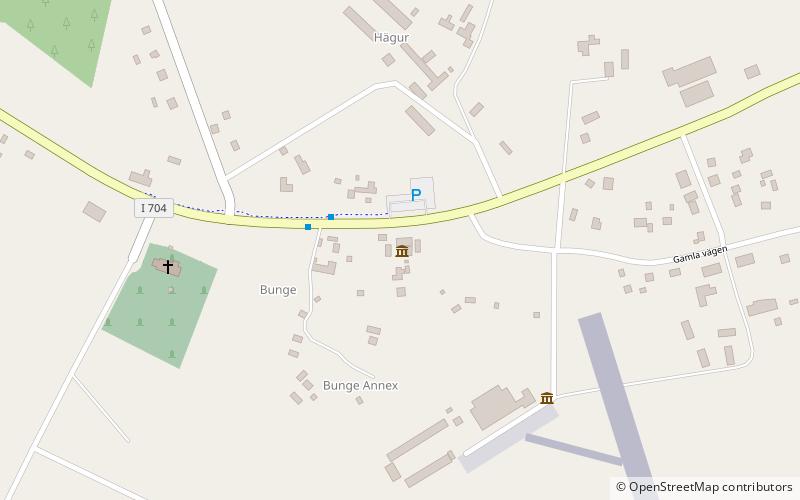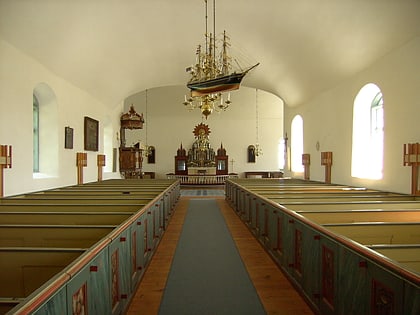Bungemuseet, Fårösund


Facts and practical information
Bungemuseet is an open-air museum in Bunge parish, a few kilometres west of Fårösund on Gotland.
The Bungemuseum was founded in 1907 by Theodor Erlandsson. The decision to establish a cultural history museum was taken as early as 1906, when the parish of Bunge was transferred to a legal parish. A barn with an archaic roof structure in Biskops from the early 17th century was now to be demolished, and on 18 September 1906 an appeal was published in Gotlands Allehanda to save the building and set up a cultural history museum, where more buildings could be saved. In 1907 the first land was obtained to place the museum. It originally belonged to Bunge Church and was used as arable and meadow land. In 1908, the Lunderhagen cottage was purchased from Fleringe, and in 1909 the building was erected on the museum site.
The Cultural History Museum in Bunge is one of Sweden's largest open-air museums with a large collection of Gotlandic buildings and environments. The collection is built around three farms, the 17th-century farm, the 18th-century farm and the 19th-century farm with houses and environments from Gotland. In addition, the Bungemuseet has a number of culturally and historically interesting older buildings from the Gotland countryside that show the way of building and living before the 1990s. There is also a school museum.
The Bungemuseum has about 14 000 visitors per year. Since 2016, Bungemuseet AB manages the operation while the owner of the area, the Cultural History Museum Association in Bunge, Gotland, with about 460 members, is responsible for the maintenance and restoration of the buildings. The company is owned by the above-mentioned association and the Gotland Friends of Antiquities Association.
Bungemuseet – popular in the area (distance from the attraction)
Nearby attractions include: Fårö kyrka, Runestone G 319, Bunge Church, Rute Church.









